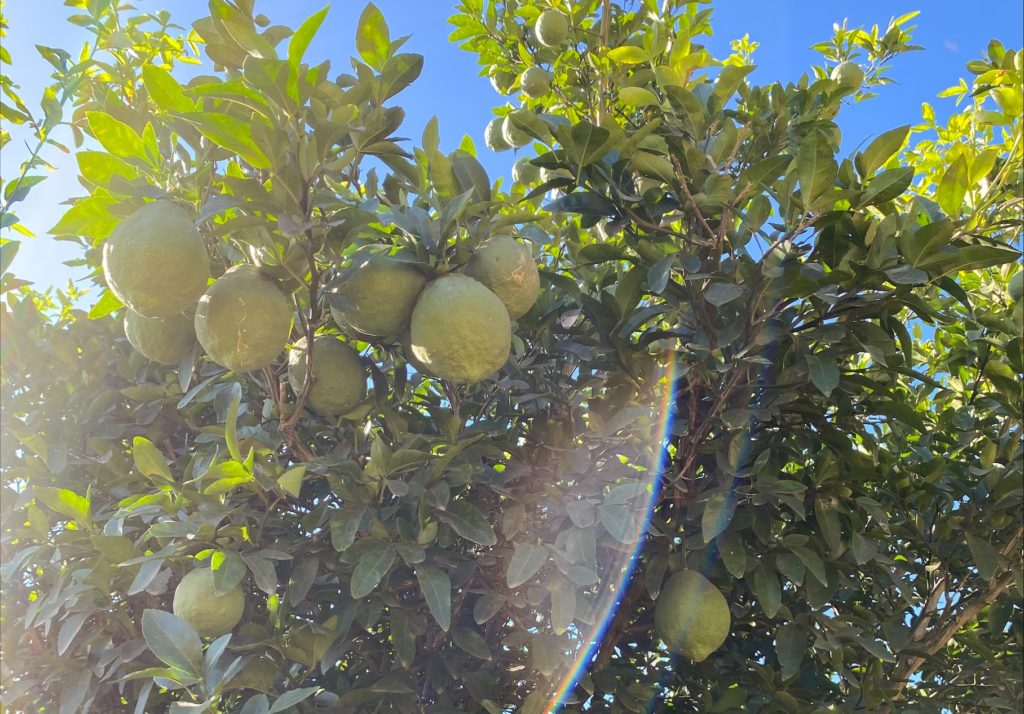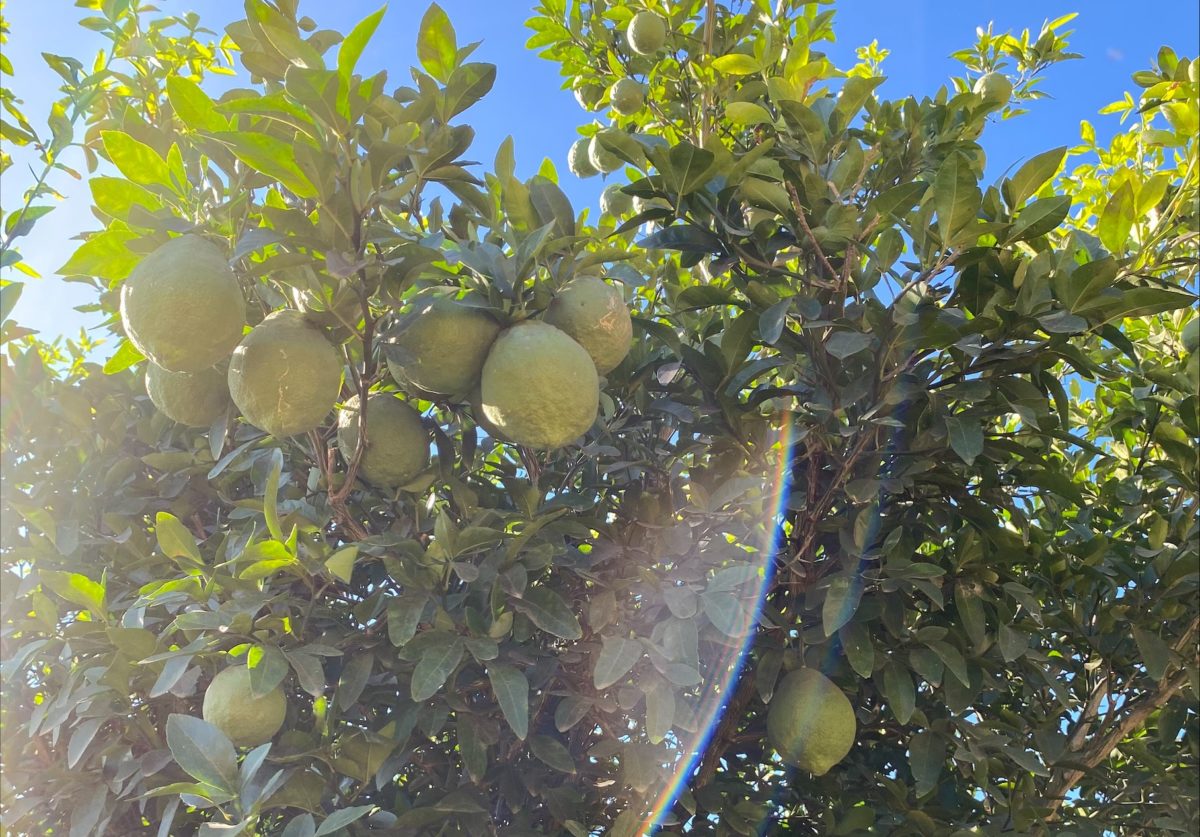The University of Florida Center for Landscape Conservation Planning Provides Agriculture 2040/2070 Report is another strong signal of the importance of preserving agriculture and green spaces. Roughly a third of Florida’s land is currently in agriculture, but urban development and, on a much smaller scale, sea level rise are projected to result in the loss of about 120 acres of agricultural land a day – or almost 45,000 acres a year – between now and 2070.
The loss of as much as 2.2 million acres of agricultural land over the coming decades will impact the important contributions provided by agriculture to Florida’s economy and quality of life and threaten the conservation values that many of these lands provide.

According to the University of Florida Institute of Food and Agricultural Science (UF/IFAS), the direct economic contributions of the agriculture, natural resource and food industries in 2019 included $106 billion in sales and 1,279,638 jobs.
Florida’s agricultural land also provides essential ecosystem services including protecting water supply and quality, providing flood control, supporting climate resilience, sequestering carbon, harboring wildlife, promoting outdoor recreation and more.
The Agriculture 2040/2070 Report is intended to highlight significant threats facing Florida land, and what can be done to lessen impacts in the near future. Here are some highlights from the report:
POPULATION GROWTH
• By 2040, a 23% increase in population, with 4.9 million more residents than 2019.
• By 2070, a 57% increase in population, with 12.2 million more residents than 2019.
SEA LEVEL RISE
• By 2040, 1 million acres of land lost to inundation, including almost 7,500 acres of agricultural land.
• By 2070, 1.7 million acres of land lost to inundation, including 41,000 acres of agricultural land.
SPRAWL SCENARIO
• By 2040, nearly 1 million more acres of developed land, an increase of 17%. By 2070, nearly 3.5 million more acres of developed land, an increase of 64%.
• By 2040, approximately 523,000 acres of agricultural lands lost to development. By 2070, more than 2.2 million acres of agricultural land lost to development.
• By 2040, 206,000 acres in the Florida Wildlife Corridor (Corridor) lost. By 2070, 1.2 million acres in the Corridor lost.
CONSERVATION SCENARIO (COMPARED WITH SPRAWL SCENARIO)
• 5 million more acres of proposed protected natural land (including the Corridor).
• 2.4 million more acres of proposed protected agricultural land (including the Corridor).
• By 2040, 270,000 fewer acres of developed land, a saving of about 4%. By 2070, 1.3 million fewer acres of developed land, a saving of about 14%.
MORE INFORMATION
The Agriculture 2040/2070 Report is a GIS-based analysis undertaken by the University of Florida Center for Landscape Conservation Planning, this study explores possible impacts of development and sea level rise on Florida’s agricultural lands and their conservation values. Building on the earlier Sea Level 2040/2070 study, it incorporates more comprehensive data on agriculture.
Source: UF Center for Landscape Conservation Planning










